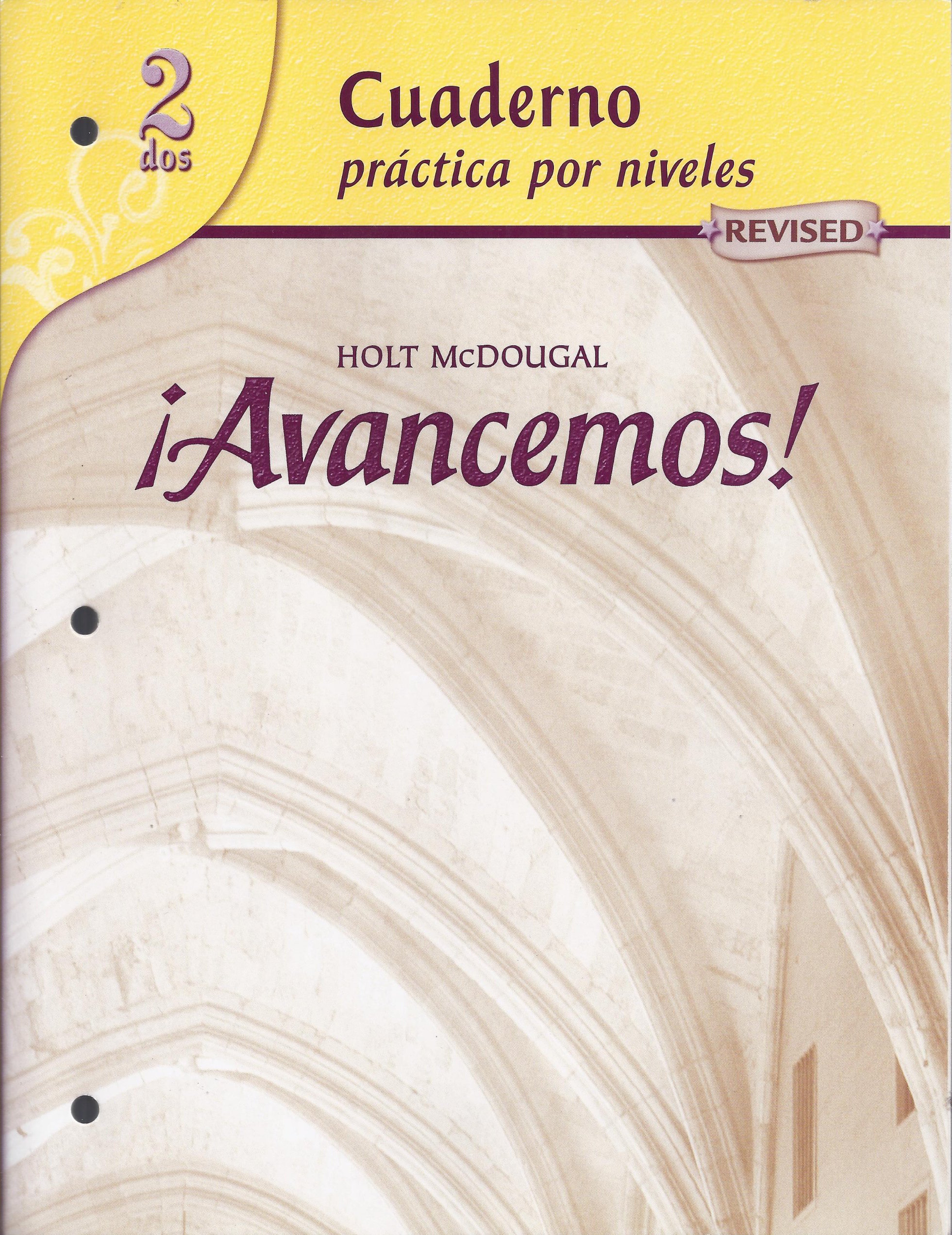
All Solutions
Page 57: Gramatica B2
For demonstrating things that are *close* to you (aquí, acá), you can use **este** (singular) and **estos** (plural) for masculine and **esta** (singular) and **estas** (plural) for femenine.
For demonstrating things that are *far* to you (ahí, allí) you can use **ese** (singular) and **esos** (plural) for masculine and **esa** (singular) and **esas** (plural) for femenine.
For demonstrating things that are *very far* to you (allá), you can use **aquel** (singular) and **aquellos** (plural) for masculine and **aquella** (singular) and **aquellas** (plural) for femenine.
“*Aquí*” (here) means that the object is **close** and “*pelotas*” (balls) is a **femenine and plural word**. The demonstrative adjective will be **estas**.
**Note**: the subject of the sentence will be **I** (yo).
(I bought these balls).
For demonstrating things that are *close* to you (aquí, acá), you can use **este** (singular) and **estos** (plural) for masculine and **esta** (singular) and **estas** (plural) for femenine.
For demonstrating things that are *far* to you (ahí, allí) you can use **ese** (singular) and **esos** (plural) for masculine and **esa** (singular) and **esas** (plural) for femenine.
For demonstrating things that are *very far* to you (allá), you can use **aquel** (singular) and **aquellos** (plural) for masculine and **aquella** (singular) and **aquellas** (plural) for femenine.
“*Allí*” (there) means that there is some distance in the object but not too much because the object is being pointed out so, the object is **far**.
“*Raqueta*” (racket) is a **feminine and singular word**. The demonstrative adjective willl be **esa**.
**Note**: the subject of the sentence is **we**.
(We want that racket).
For demonstrating things that are *close* to you (aquí, acá), you can use **este** (singular) and **estos** (plural) for masculine and **esta** (singular) and **estas** (plural) for femenine.
For demonstrating things that are *far* to you (ahí, allí) you can use **ese** (singular) and **esos** (plural) for masculine and **esa** (singular) and **esas** (plural) for femenine.
For demonstrating things that are *very far* to you (allá), you can use **aquel** (singular) and **aquellos** (plural) for masculine and **aquella** (singular) and **aquellas** (plural) for femenine.
“*Uniforme*” (uniform) is a **singular and masculine word**. The demonstrative adjective will be **aquel**.
**Note**: the subject of the sentence is **you** (tú).
(Did you buy that uniform?)
For demonstrating things that are *close* to you (aquí, acá), you can use **este** (singular) and **estos** (plural) for masculine and **esta** (singular) and **estas** (plural) for femenine.
For demonstrating things that are *far* to you (ahí, allí) you can use **ese** (singular) and **esos** (plural) for masculine and **esa** (singular) and **esas** (plural) for femenine.
For demonstrating things that are *very far* to you (allá), you can use **aquel** (singular) and **aquellos** (plural) for masculine and **aquella** (singular) and **aquellas** (plural) for femenine.
“*Bates*” (bats) is a **plural and masculine word**. The demonstrative adjective will be **estos**
**Note**: the subject of the sentence is **Lucas and Martín**.
(Lucas and Martín like these bats).
For demonstrating things that are *close* to you (aquí, acá), you can use **este** (singular) and **estos** (plural) for masculine and **esta** (singular) and **estas** (plural) for femenine.
For demonstrating things that are *far* to you (ahí, allí) you can use **ese** (singular) and **esos** (plural) for masculine and **esa** (singular) and **esas** (plural) for femenine.
For demonstrating things that are *very far* to you (allá), you can use **aquel** (singular) and **aquellos** (plural) for masculine and **aquella** (singular) and **aquellas** (plural) for femenine.
“*Cascos*” is a **plural masculine word**. The demonstartive adjective we will use is **aquellos**.
**Note**: the subject of the sentence is **Amada**.
(Amanda got those helmets).
Haven't found what you were looking for?
Search for samples, answers to your questions and flashcards

